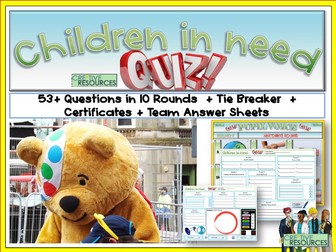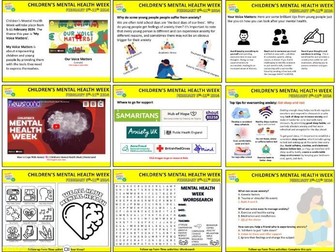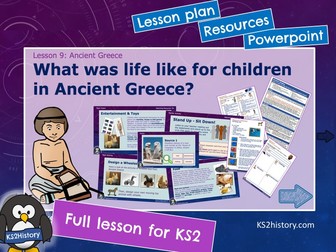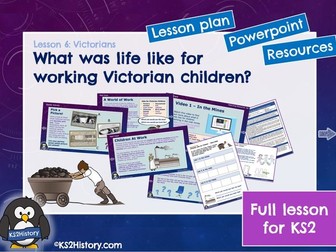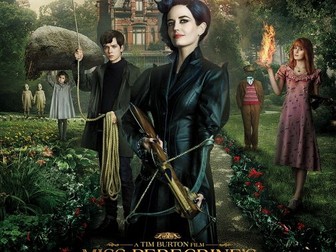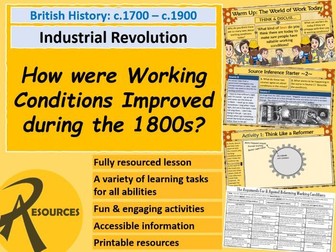
Industrial Revolution Children
This lesson investigates the life of children during the Industrial Revolution, including those working in the coal mines and cotton mills. Quarry Bank Mill in Cheshire is used as an example in the video questions.
This download includes a fully editable powerpoint with all activities, instructions, clip links and worksheets/information sheets you need.
It is differentiated where possible with scaffolding and challenge options and is fully planned with plenty of activities for your students to complete including a starter, all clips and related tasks, source investigation and table to complete, mini plenary, a ‘day in the life’ task question, consolidation source question and a plenary.
Activities are planned to encourage thinking and discussion.
We have a wide range of KS3 & KS4 History lessons on their way, please keep an eye out. Social media pages to follow soon.
If you are happy with your resource, PLEASE LEAVE US A REVIEW! If, by any chance, you encounter any issues with the resource, please email us at discoveringhistoryuk@gmail.com and we’ll try to solve them for you.
Got a lesson suggestion? Or looking for something in particular? Email us!


